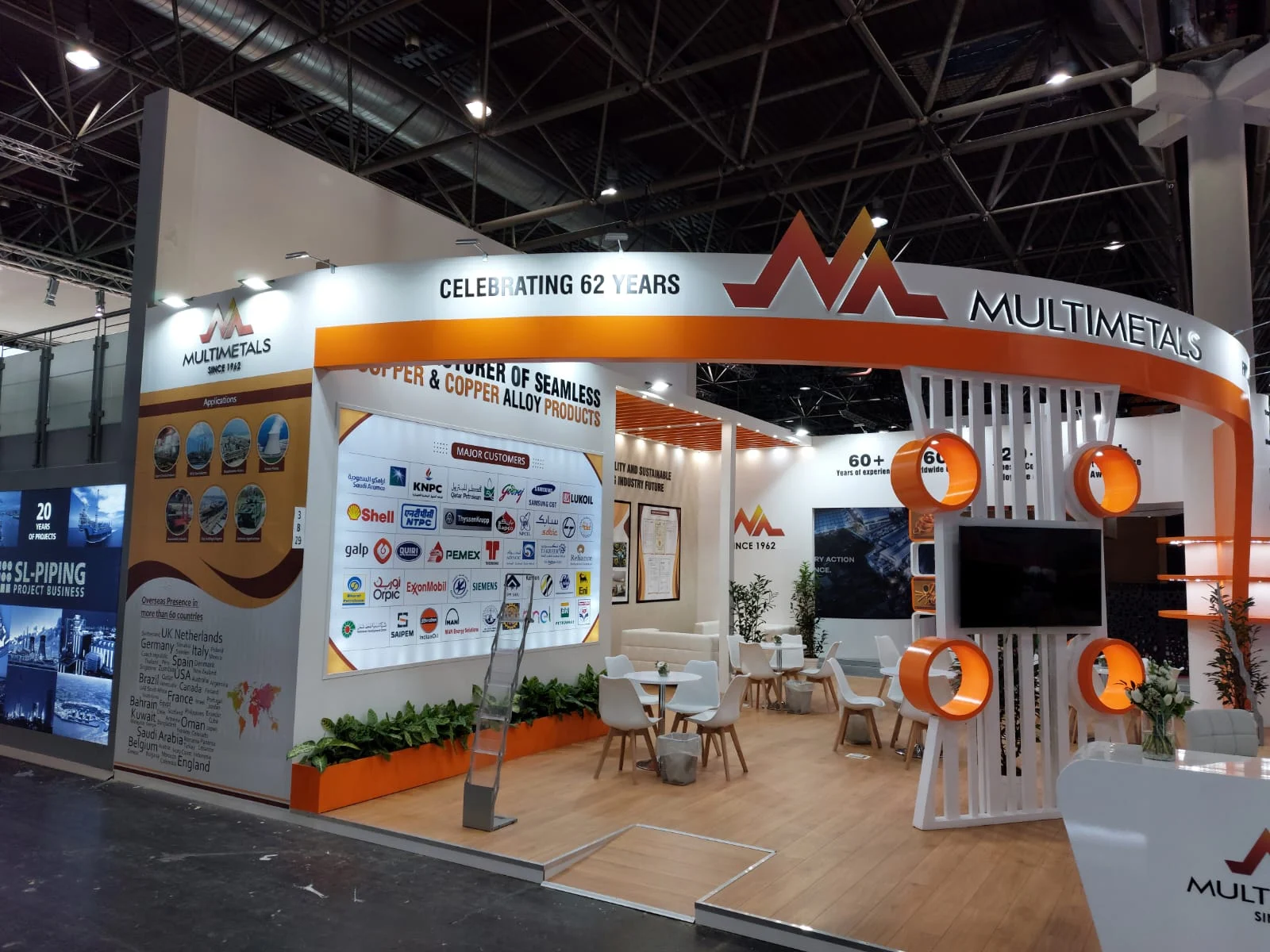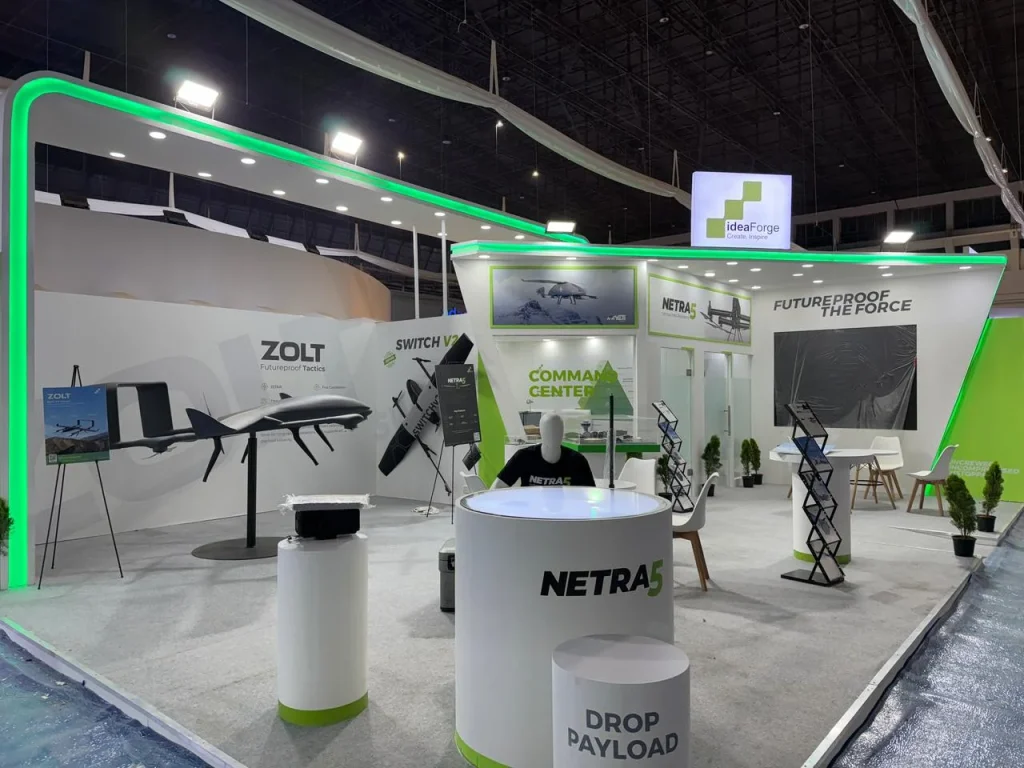
Introduction
Exhibiting at a trade show can present a wide range of logistical challenges, from coordinating the setup to ensuring a smooth dismantle after the event. Managing these logistics effectively is essential to maximize efficiency and minimize disruptions. Here’s how you can streamline the setup and dismantle processes for a successful trade show experience.
1. Plan Early and Thoroughly
One of the best ways to handle logistics challenges is to start planning as early as possible. An organized and detailed approach allows you to foresee potential issues and prepare accordingly.
- Create a Detailed Timeline: Map out the entire trade show journey, starting months in advance. Break down every step, from booth design and shipping to the actual setup and dismantle, with clear deadlines for each task.
- Establish Clear Roles: Assign specific responsibilities to each member of your team. This ensures that no task is overlooked and that everyone knows what they are accountable for.
2. Choose the Right Exhibit Partner
Working with the right exhibit partner can make or break your logistics experience. An experienced partner will be well-versed in handling setup and dismantle challenges and can provide valuable support throughout the process.
- Opt for a Full-Service Provider: A full-service exhibit company can handle everything from booth design and construction to on-site management and teardown. This means less stress for your team, as the exhibit partner takes care of the logistical heavy lifting.
- Leverage Expertise: Experienced exhibit partners can help you navigate common pitfalls, such as local regulations, union rules, and venue restrictions. They’ll also offer solutions to optimize setup and dismantle time.
3. Utilize Modular or Prefabricated Booths
Modular exhibits are designed for flexibility and quick setup, which can significantly reduce logistical headaches. Prefabricated components are easier to transport and assemble, making them an ideal choice for streamlining the process.
- Faster Installation: Modular booths often come with pre-assembled parts that simply need to be locked into place. This reduces labor costs and the time it takes to get everything set up.
- Adaptability: Modular exhibits allow you to make last-minute adjustments without requiring extensive reconfiguration. This can be especially helpful if your booth space or layout changes unexpectedly.
4. Streamline Shipping and Handling
Shipping can be one of the most complex aspects of trade show logistics. Late deliveries, damaged items, or missing components can all disrupt your setup. To minimize these risks, it’s essential to streamline the shipping process.
- Work with Reliable Freight Providers: Partner with shipping companies that specialize in trade show logistics and have a proven track record of on-time deliveries.
- Ship to the Advanced Warehouse: Whenever possible, ship your exhibit materials to the advanced warehouse rather than directly to the show site. This ensures that your items are ready and waiting for you when you arrive, reducing the risk of delays.
5. Stay On Top of Labor Coordination
Labor is a major component of both setup and dismantle, and mismanaging labor can lead to costly delays and inefficiencies. Coordinating with the venue’s labor pool, union workers, and your own team is key to a smooth process.
- Schedule Labor in Advance: Pre-book your setup and dismantle labor well before the event. This guarantees you’ll have the right personnel on hand to assist with booth assembly and teardown.
- Oversee the Process: While it’s important to trust your labor team, having a dedicated project manager on-site to oversee the setup and dismantle can ensure that everything stays on track.
6. Implement Smart Inventory Management
Managing booth components, marketing materials, and other resources can be a logistical challenge, especially during setup and dismantle. Smart inventory management can keep everything organized and easy to access.
- Label Everything: Clearly label all your booth components and supplies to ensure they are easy to identify and unpack during setup. This reduces confusion and speeds up the installation process.
- Create an Inventory Checklist: Keep a detailed list of all materials being transported to the event. Check off each item as it arrives and is set up, and repeat the process during dismantle to ensure nothing is left behind.
7. Build in Extra Time for Unforeseen Issues
Even with the best-laid plans, unforeseen issues can arise that disrupt your setup or dismantle timeline. Building in extra time allows you to absorb these disruptions without panic.
- Allow for Buffer Time: Give yourself at least a few extra hours or even a full day before the trade show starts to complete setup. This provides breathing room in case of late shipments, labor delays, or technical difficulties.
- Prepare for Dismantle: Similarly, plan for dismantling to take longer than expected. Rushing the teardown process can lead to misplaced items or damage to your booth materials.
8. Utilize Technology for Coordination
Technology can make managing trade show logistics significantly easier. Using digital tools for communication, inventory tracking, and project management ensures that your team stays organized and informed.
- Project Management Software: Tools like Trello, Asana, or Monday.com allow you to keep track of tasks, deadlines, and responsibilities. They also provide real-time updates, so your team is always aware of progress and any issues that arise.
- Digital Checklists: Using digital checklists can help you stay organized and ensure that no critical tasks are missed during setup or dismantle. These checklists can be easily shared with your team for smooth collaboration.
9. Post-Event Evaluation
Once the trade show is over, it’s important to conduct a post-event evaluation to identify any logistical challenges that arose and find ways to improve for future events.
- Debrief with Your Team: Hold a debrief meeting to discuss what worked well and what didn’t. Ask for feedback on setup, dismantle, shipping, and labor to identify areas for improvement.
- Update Your Processes: Use the insights from your debrief to refine your logistical processes. By continuously improving your approach, you’ll make future trade show experiences even smoother.
Conclusion: Making Trade Show Logistics Easier
Handling logistics challenges at trade shows doesn’t have to be overwhelming. By planning early, choosing the right partners, streamlining processes, and staying organized, you can ensure that both setup and dismantle run smoothly. With the right strategies in place, you’ll be able to focus on what matters most: delivering a great experience for your attendees and clients.


 Global
Global Europe
Europe

